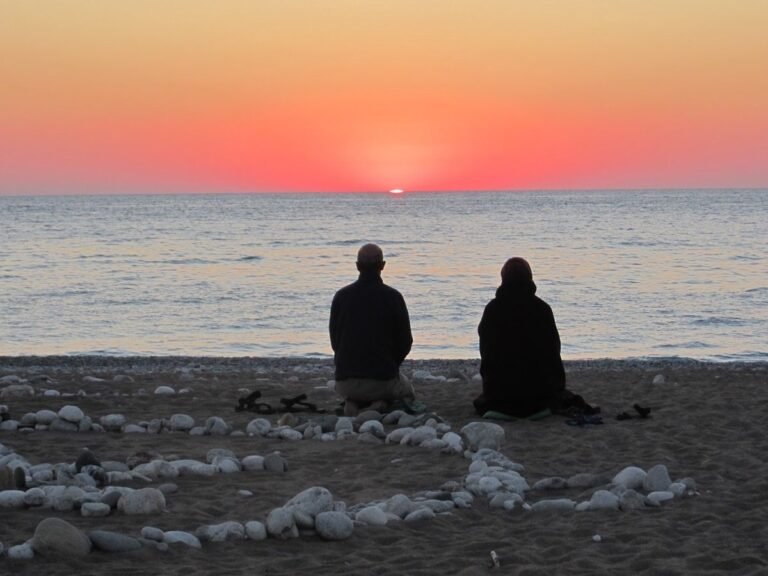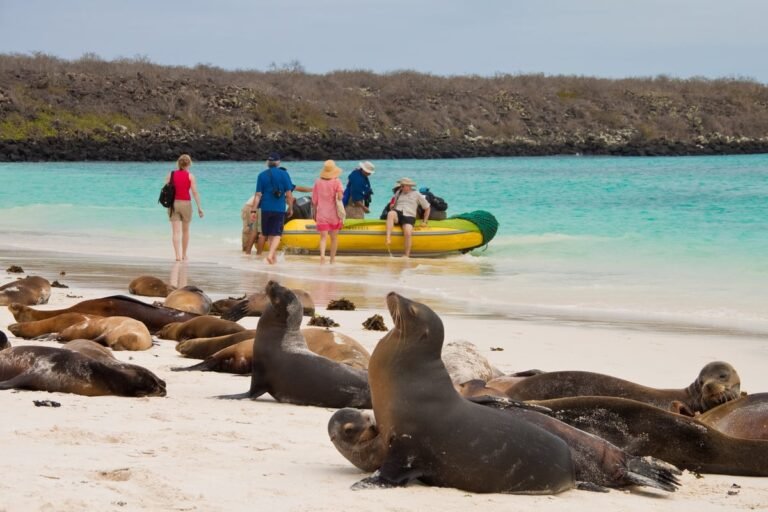Five Reasons to Cut Orphanage Visits From Itineraries
[ad_1]
Tourists, long-term travelers, or businesspersons are often presented with the chance to participate in orphanage visits. This can be organized either independently by the travelers themselves or via a tour operator. Even though intentions behind volunteering or visiting orphanages are generally genuinely good, many ignore the damage and risks that visiting orphanages cause to children.
Below, you will find five essentials of what you should know before sponsoring orphanage tourism to travelers. In addition, you will also find information on how your company can protect children from the risks of sexual exploitation and abuse.
1. Who Lives in the Orphanage
“Despite the best of intentions, the sad truth is that visiting and volunteering in orphanages drives an industry that separates children from their families and puts them at risk of neglect and abuse,” according to the founder and president of children’s charity Lumos.
When people think of orphanages, they usually picture a place where children are living after the death of their parents. However, research conducted by UNICEF found out that approximately 80% of children currently living in orphanages have either one or both living parents. Indeed, the main reason behind children living in orphanages is to be found in poverty and not in orphanhood. Vulnerable parents in poverty are falsely persuaded that their children will be afforded a better start in life in an institution where they have access to quality education and care. In worst-case scenarios, children are even bought by these institutions.
Institutions convince vulnerable families to give up their children because of the high demand for visits by Western tourists. Demand is so high that there aren’t enough orphans in the world to meet it. The more Westerners who want to volunteer and visit orphanages, the greater the demand and incentive for orphanages to “recruit” more children. Many orphanages operate as actual businesses, making real profit on tourists, volunteers, and sponsors. However, they do so at the expense of children’s lives.
2. Visits Are Highly Disruptive for Children
Tourists are usually aware that living in an orphanage implies lack of individualized attention and care, which is of fundamental importance for the holistic development and growth of children (further reading on the harmful impact of orphanages on development and well-being can be found here and here). Therefore, one of the reasons why tourists and volunteers visit orphanages is to contribute to children’s need for extra love and attention. However, short term visits and volunteering in orphanages aggravates rather than alleviates this problem. Children are exposed to a “constant cycle of love and then neglect, due to (…) tourists and volunteers coming and going, which has extremely damaging consequences on their ability to form healthy, happy and trusting relationships as they grow up.”
3. Risk of Sexual Abuse & Exploitation
Orphanage tourism puts children at serious risk of sexual exploitation and abuse. In fact, the orphanage tourism industry is profoundly unregulated, meaning that anyone, regardless of their intentions, can enter into direct contact with vulnerable children with very little supervision. It suffices to book a visit or schedule a volunteer experience. As a result, predators see this as the perfect opportunity to have access, often completely alone, to a vulnerable child and abuse them. In fact, the majority of documented cases of child sexual exploitation in the voluntourism context have occurred within orphanages. A survey conducted by law enforcement revealed that out of 11 Asian countries, 10 (with the exception of Singapore) had identified cases of child sexual abuse perpetrated by volunteers.
4. Children as Tourist Attractions
People would never dare to ask tour operators to offer them a visit to a classroom in their country or to a social care facility in Global North countries. In most cases, it is even rightly prohibited. Why would a Spanish tourist be interested in visiting children in a social care facility or school during their trip to Berlin? However, when Westerners travel to specific destinations, they see children – even if unconsciously – as one of their tourist commodities. This is exploited by orphanages themselves which place institutions near popular tourist hotspots, such as Siem Reap in Cambodia, Kathmandu in Nepal, or Accra in Ghana.
A Testimony
Ruth Wacuka, a One Young World ambassador from Kenya, was placed in a Nairobi orphanage with her three siblings while she was a young child, despite having two living parents. Her parents were told that she would be fed and educated, yet schooling was rare and she said she often went hungry – even as thousands of tourists visited the orphanage each year.
“The orphanage was next to a giraffe sanctuary, so you can imagine how many visitors we would get,” she told the audience at the four-day summit. “They would come to the sanctuary to take photos of the giraffes and then come to the orphanage to take pictures of me. But children are not tourist attractions. They are not animals. They have lives and destinies.” “What we see on the ground is families, and their children, being targeted by ‘child-finders’ who are sometimes paying them or otherwise encouraging them to give their child up to the orphanage for a ‘better life’, with education being one of the main reasons, usually because of poverty.”
5. Why Do Tour Operators Offer Orphanage Packages?
Tour operators offer orphanage visits for two main reasons.
First, the demand is very high. Volunteers, tourists, and backpackers want to visit orphanages every year, creating a multimillion-dollar industry. The majority of students in the UK, for instance, think that volunteering at an orphanage overseas would enhance their CV or career prospects.
Second, tour operators believe they are doing a good thing by supporting orphanages. Fortunately, many tourism and volunteering operators are recognizing more and more the problems with offering an orphanage visit experience and are removing these offers from their websites.
If you are a tour operator or company offering orphanage tourism, there are concrete steps you might want to take to prevent children from harm. The Code is a multi-stakeholder initiative with the mission to provide awareness, tools and support to the travel and tourism industry to prevent the sexual exploitation of children. The Code has developed a voluntourism policy for its current and prospective members.
The Code Policy outlines criteria and provides guidelines for:
- Organisations offering voluntourism products, or considering offering such products;
- Organisations currently involved in orphanage activities as a tourist attraction;
- Organisations interested in membership of The Code
In sum, day trips and volunteer projects in orphanages:
- Contribute to the demand for ‘orphans’
- Unnecessary separate children from their families
- Expose children to sexual abuse and exploitation
- Harm children’s development and emotional well-being
To learn more about the issue of orphanage tourism, please review these resources:
[ad_2]







